As I’ve mentioned in previous writings, my fascination with colored gemstones was the motivation behind pursuing my GIA gemologist certification. Through GIA, I became aware of the American Gem Trade Association (AGTA) and its primary purpose of ethical promotion of colored gemstones and pearls. AGTA’s annual trade show in Tucson, Arizona is their premier event. I applied for an AGTA membership and was accepted as a student member. Shortly thereafter, I attended my first GemFair Show.
Originally, I thought the AGTA GemFair was the only show in town. I subsequently learned AGTA’s show, while one of the largest, was one of 48 different gem and mineral related shows operating in Tucson during a 2 ½ week period in late January through mid-February each year. Sponsored by the Tucson Gem and Mineral Society, the entire 2 ½ week event is known as the Tucson Gem, Mineral and Fossil Showcase. Some of the shows are members only, like AGTA’s, others are open to the public and some are combined members only and open to the public.
The AGTA GemFair is held at the Tucson Convention Center and typically runs 5 or 6 days during the 16 day Showcase event. My intent with this blog is to give a sense for what the show is about and why I go. At the end of the blog, there’s a little history of AGTA and more about the organization’s purpose.
Trade Show, first and foremost – The first show occurred in the late 1940’s with the purpose of bringing colored gemstone sellers and buyers together to promote the sale of goods in an environment which ethically promoted natural colored gemstones and cultured pearls. The ultimate goal of the organization was to improve the credibility of the industry and its individual members by protecting the consumer from fraud and misrepresentation.
Today, the show’s main purpose remains promoting the commerce of buying and selling cultured pearls, colored gemstones and related jewelry. Hundreds of booths are spread throughout the Convention Center offering cut gemstones, beads, pearls, finished jewelry pieces, estate jewelry, etc. However, as you’ll learn below, there’s much more to the show.
I’ll start with these pictures which show you the exterior of the Tucson Convention Center.
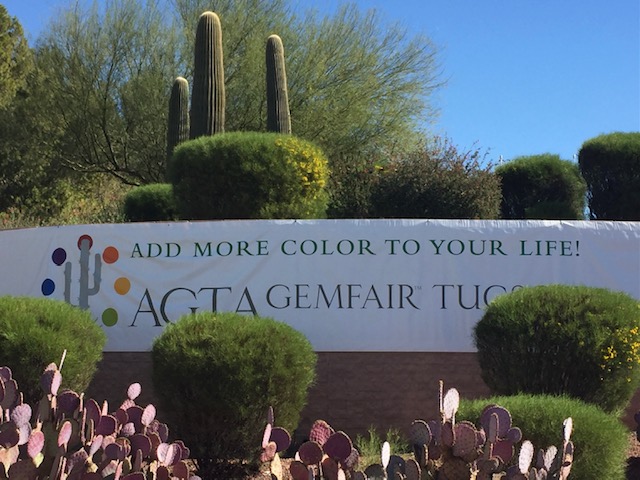
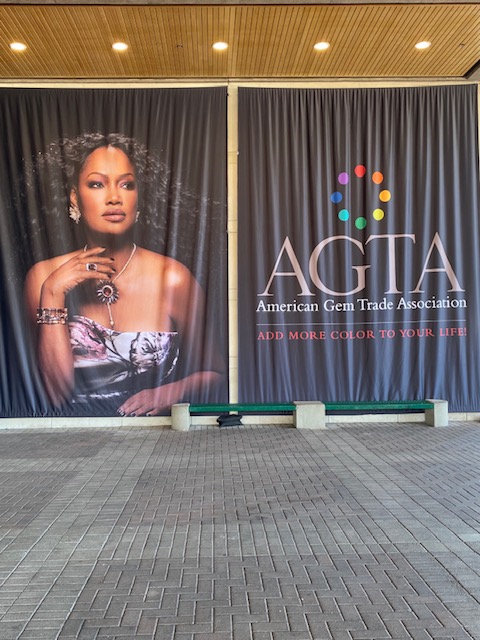
Once you’re inside, I’ll start by showing the following pictures of the main hall. This is where most of the booths are located and much of the commerce takes place. The top picture is a panorama of the hall, with those below, showing it at different angles. The pictures were taken from a viewing window a story above the main hall’s floor.
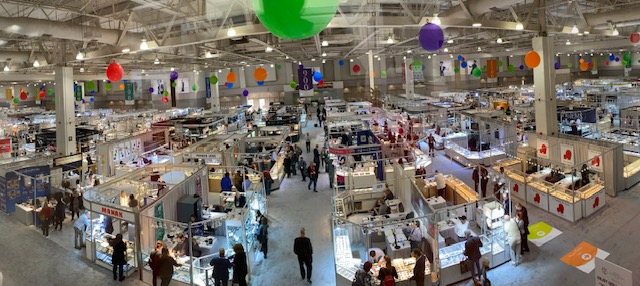
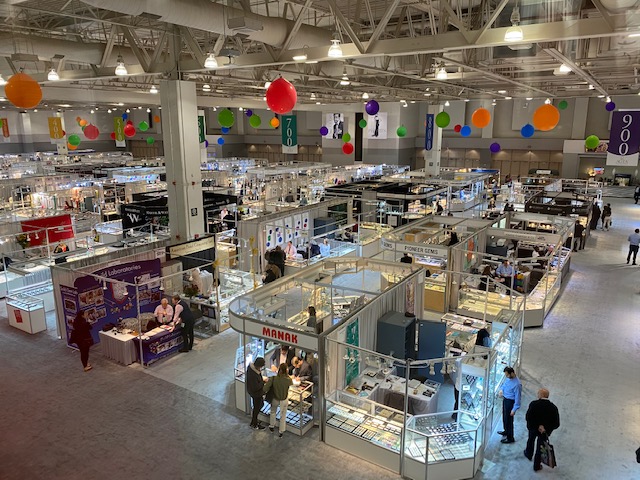
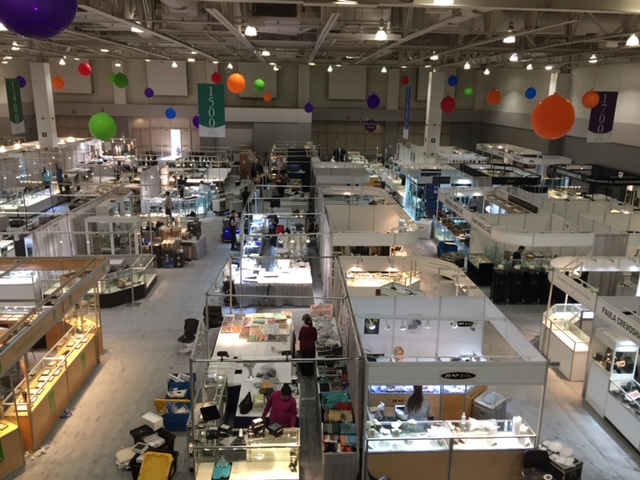
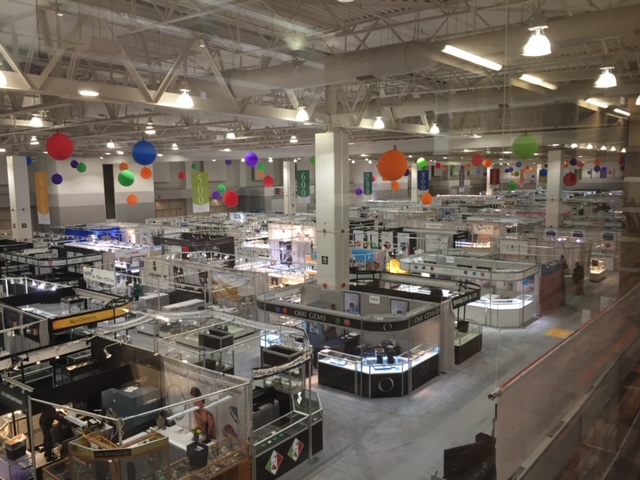
Of course, the main attraction for me is the opportunity to find the perfect gemstones to either inspire a design or to complete designs I’ve been working on. I’ve seen a vast array of gemstones of all shapes and sizes; everything from very common and inexpensive stones to extremely rare stones being sold for hundreds of thousands of dollars each. My secondary mission is to look for a few specific finished jewelry pieces I feel would fit as one of Gordon’s Curated Selections. I could (and have in other posts) shown many pictures of loose gemstones, but I’ll only show a couple, as I believe you’ll get the idea of what’s available.
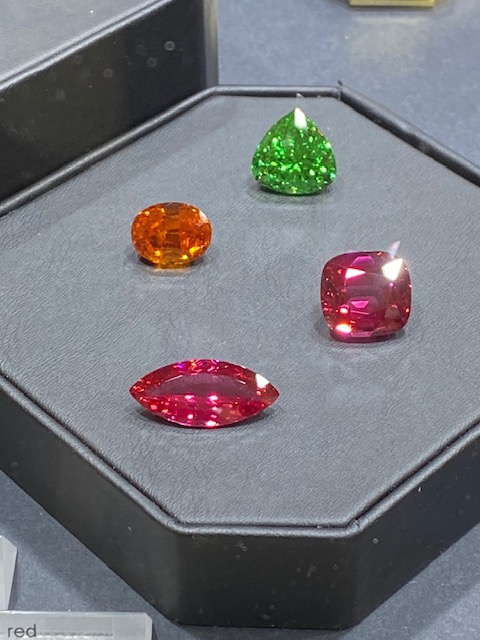
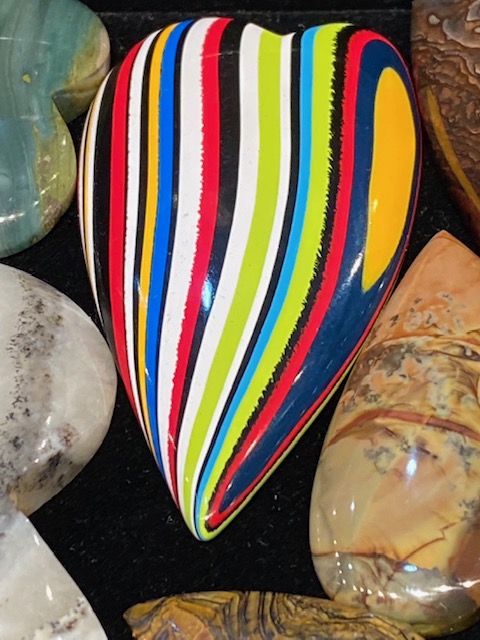
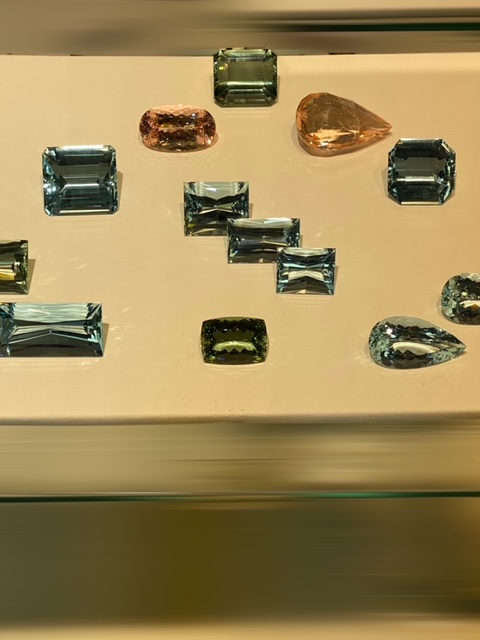
Mineral and crystal enthusiasts also participate in the AGTA show. There’s always a dazzling display of crystal formations scattered among the booths. Here are a few from recent shows that I found particularly interesting:
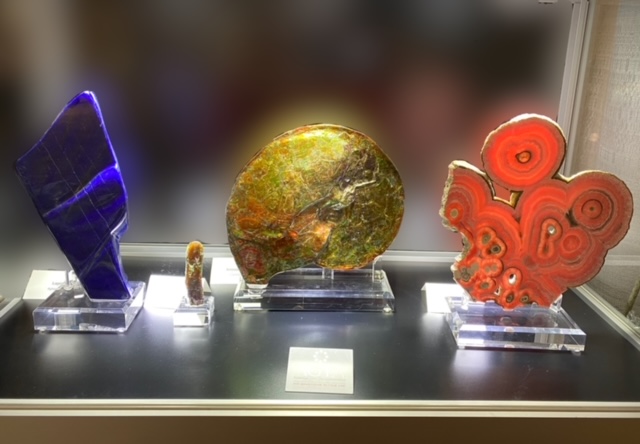
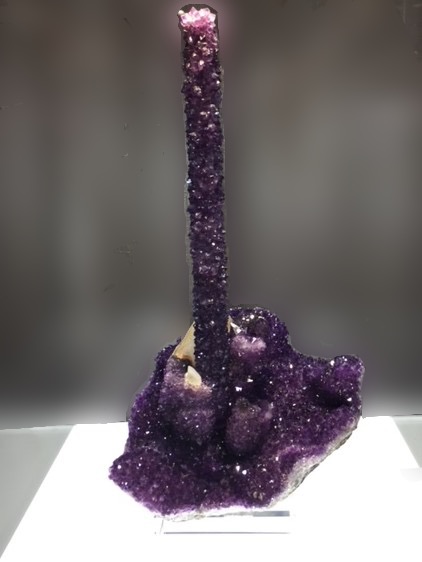
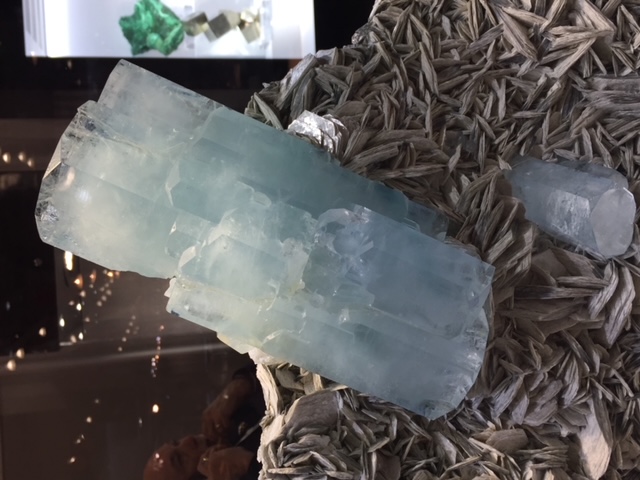
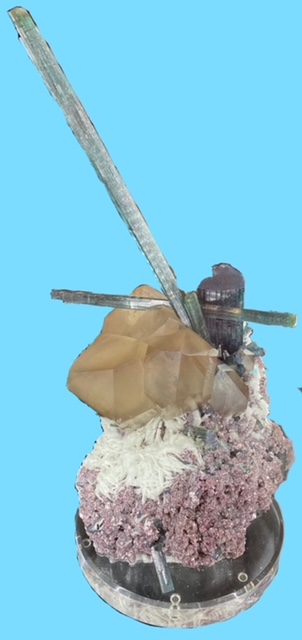
My personal favorite show exhibit is the annual Smithsonian Institute gem, crystal and jewelry display. The Smithsonian sets up several display cases which are watched over by local police guards to show rare, valuable and unusual items. Each year there is a different array of large gemstones, unusual crystals or famous jewelry pieces from their collection. Here are a few items from years past; a vintage 1929 Tiffany created black opal necklace, a 19,747 carat quartz gemstone and a 1929 Cartier emerald necklace which was shortened in 1941 and ultimately donated to the Smithsonian by Marjorie Merriweather Post. Further down the blog I show Paula Crevoshay's Conchita, which was displayed a few years ago by the Smithsonian.
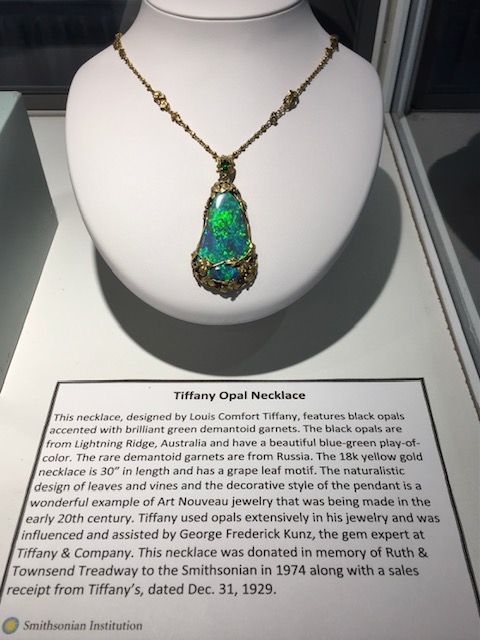
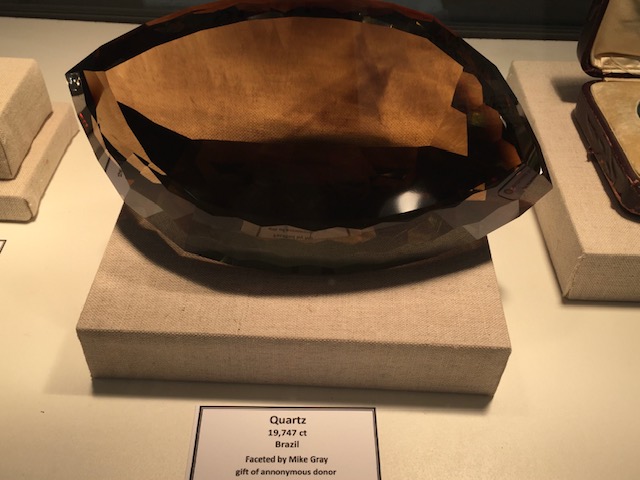
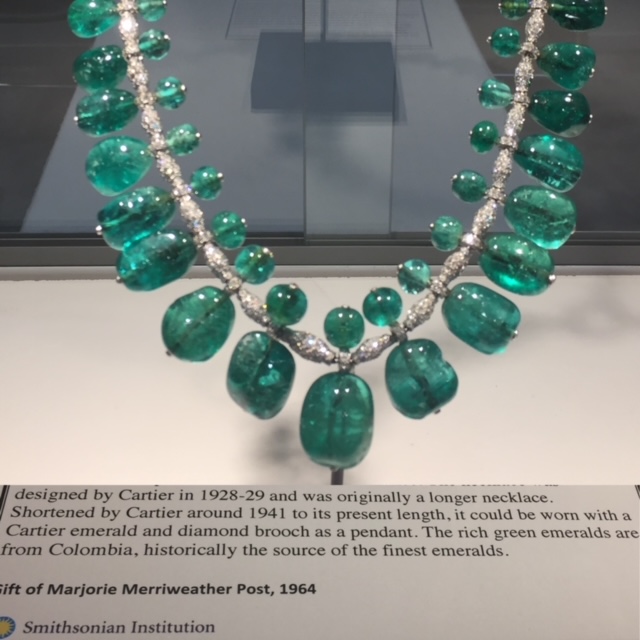
A highlight of the show is the AGTA Spectrum Award Winner’s display. For the past 36 years, winning entries from the creative competition held among designers and lapidaries (gemstone cutters) are honored for their use of natural colored gemstones and pearls in fine jewelry designs. The competition is divided into 2 divisions, jewelry designs and lapidary arts. The jewelry design division is further divided into 6 award categories, including bridal wear, business/day wear, etc. The lapidary arts division is divided into 9 categories, including innovative faceting, carving, etc. Designers and lapidaries submit entries and an expert panel evaluates the work for innovation, quality, craftsmanship and beauty. Unfortunately, no photography of the winning pieces is allowed during the show. I was able to take pictures from the show program of a few prior year’s winning pieces.
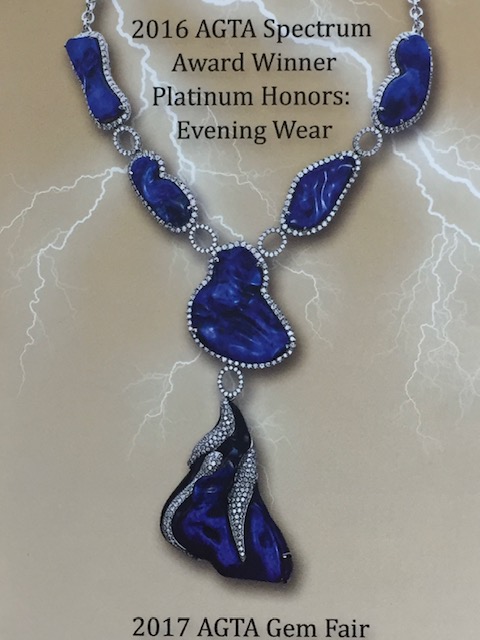
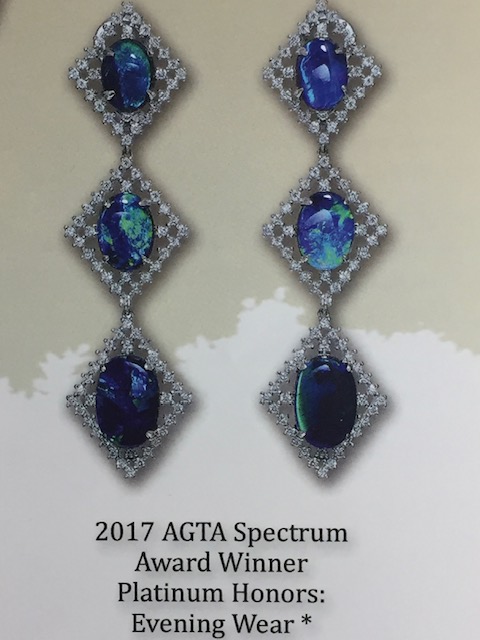
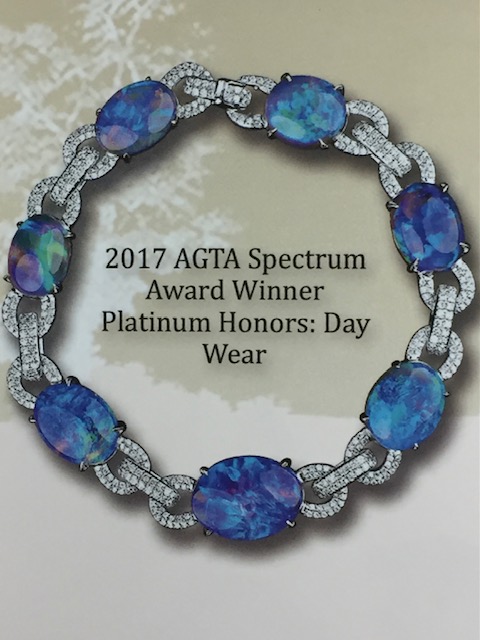
Being a trade show, in addition to dealers selling gems and jewelry, located away from the main hall are numerous lapidary and jewelry making support businesses. These include equipment such as gemological identification instruments, gem and jewelry-making tools, scales, laser welders and engravers, CAD/CAM systems and 3D printers, microscopes, polishing equipment, etc.
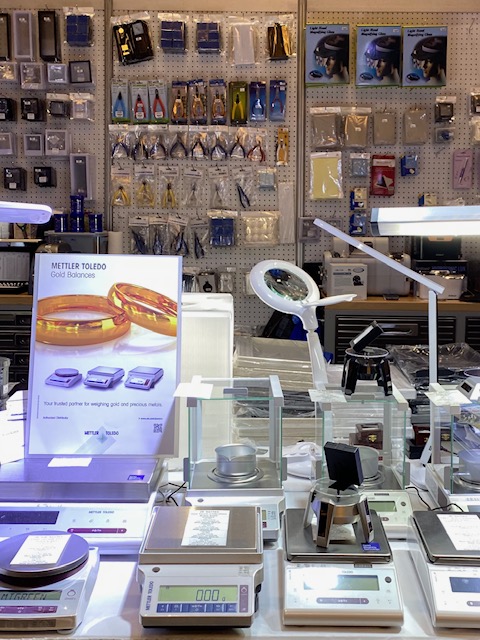
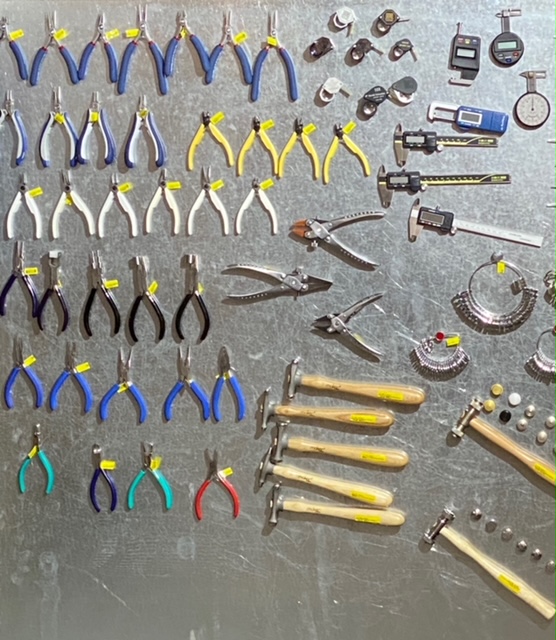
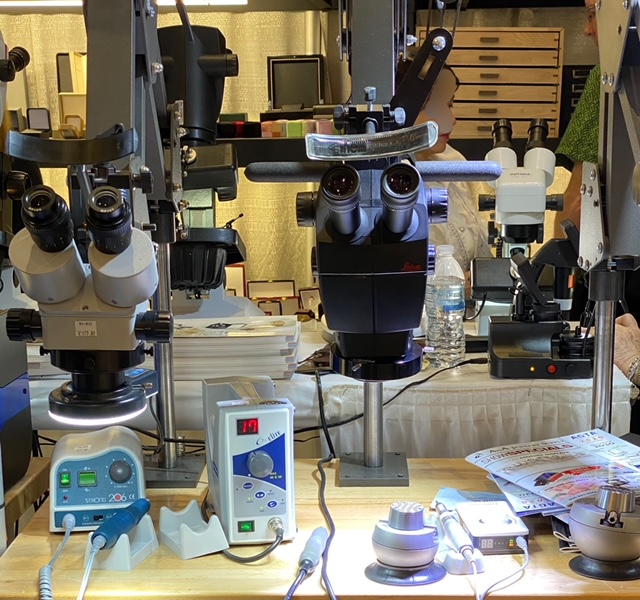
Other suppliers offer prefabricated components for jewelry-making such as chains, necklace and bracelet clasps, earring and ring settings, etc. Jewelry displays and packaging materials can also be purchased.
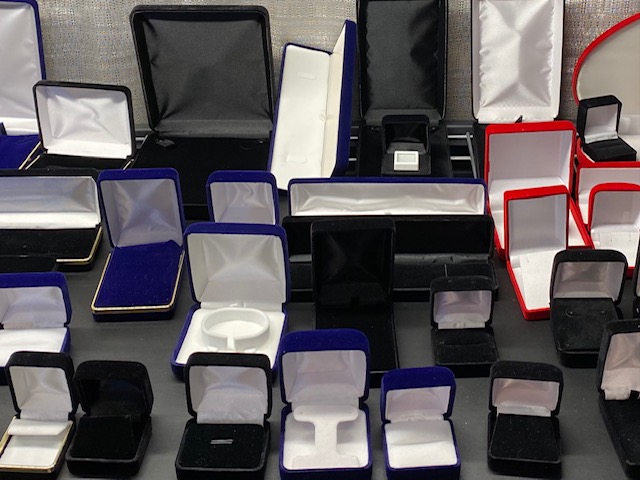
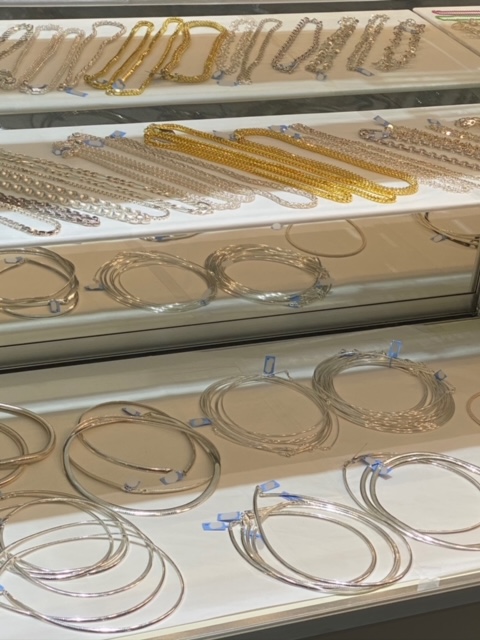
Booths offering education and services to jewelry retailers are also scattered around the Convention Center. The displays include case lighting providers, gemology training and education providers, technical consultants, CAD/CAM services, gemstone color description, grading, pricing and trading tools and software, appraisal services and software providers, jewelry insurers, gemstone pricing guides, gemstone and jewelry photography equipment and services, etc.
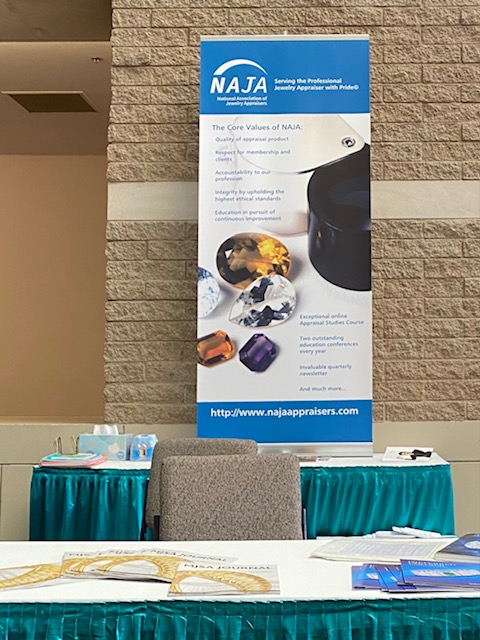
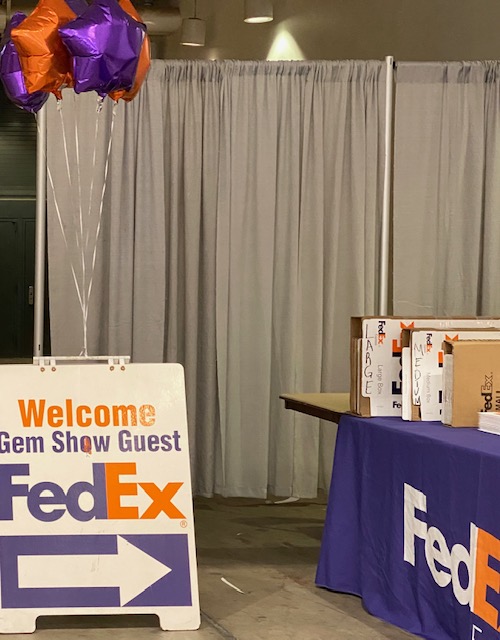
Gemological testing services are on site to provide certification of purchases made at the show and to advertise their capabilities for ongoing service to the trade after the show.
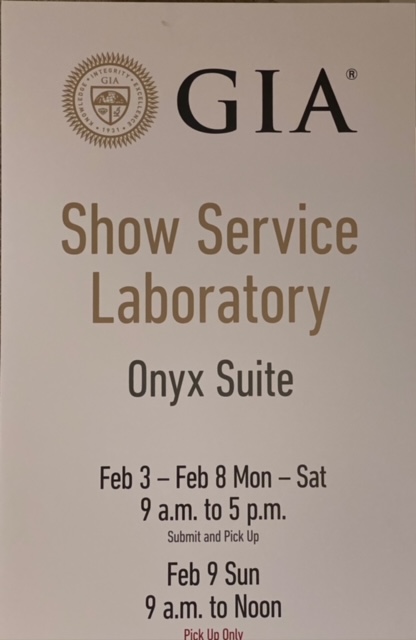
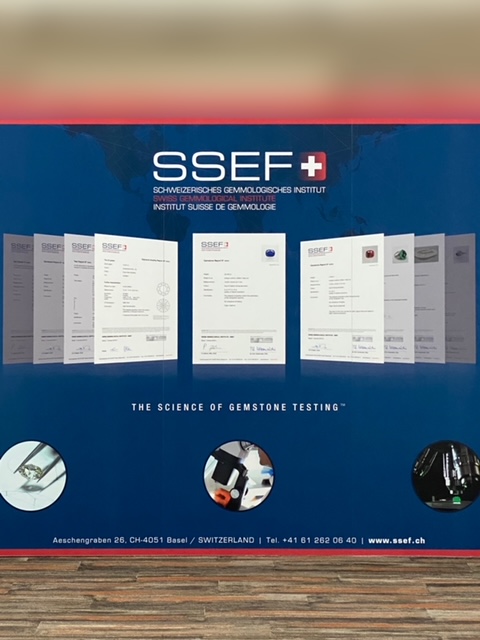
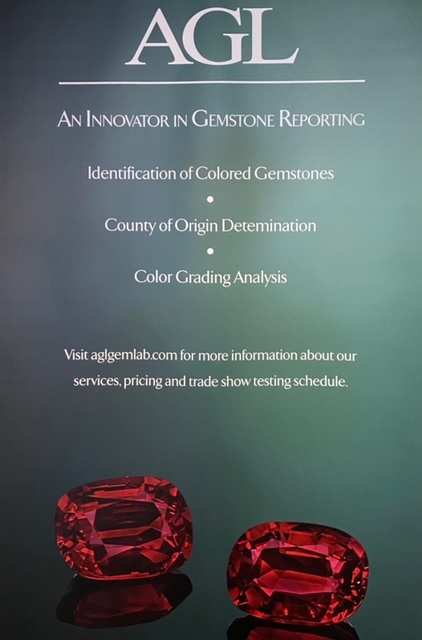
Some businesses and countries have booths designed to promote their products or capabilities within the general gem and jewelry trade.
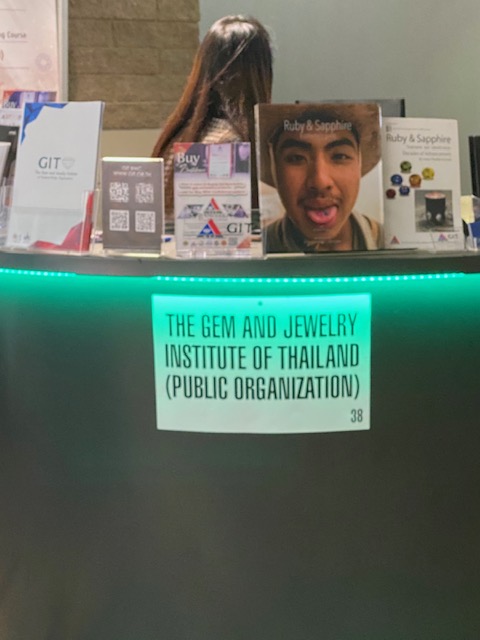
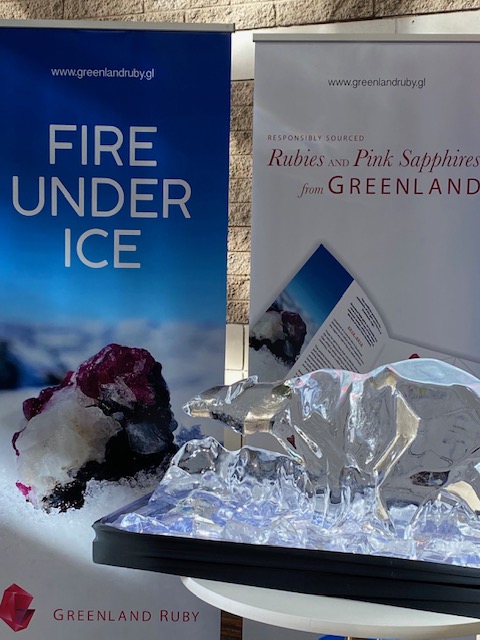
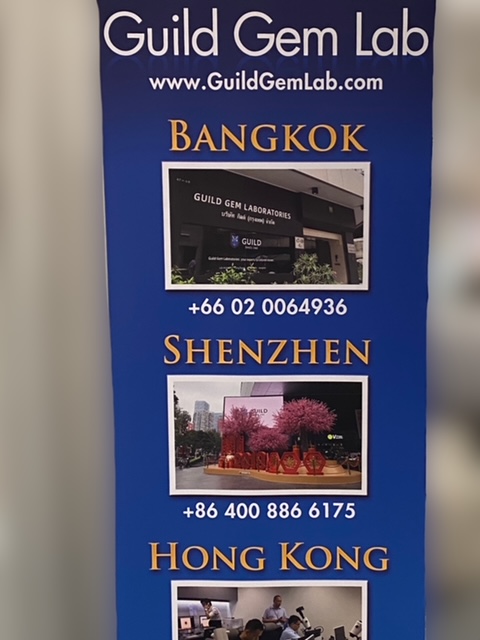
Lastly, in order to survive the long days at the show, there are the all-important food and beverage provisions for the attendees. From my first morning coffee (4 shot Americano) to a light lunch or snack at one of the concession stands or the food trucks outside the building, we’re well provided for to help sustain us during the long day.
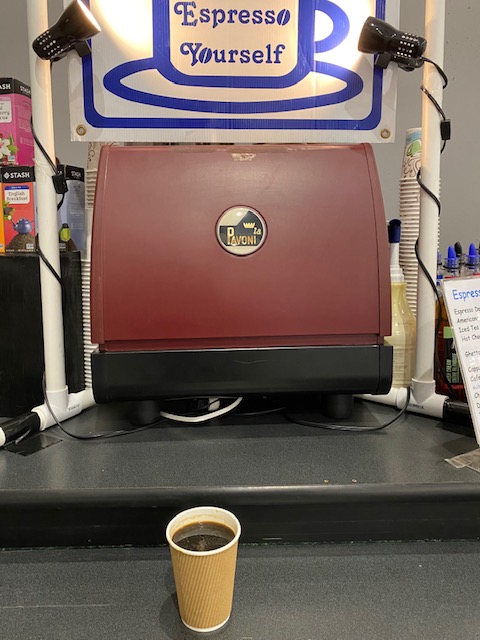
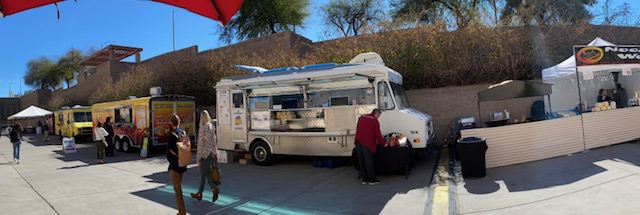
Seminars and Education – For me, one of the key draws of the annual show is the educational opportunities. Each day, around 12 one hour seminars are offered (half in the morning and half in the afternoon). The 2 groupings run concurrently, so I have to choose 2 of the 12 seminars to attend each day. These seminars run the gamet, ranging from technical gemological developments to market trends to social media best practices, etc. Often there is more than one program I’d like to attend during one of the sessions. So we don’t lose those opportunities, AGTA records each session and makes them available to us after the show.
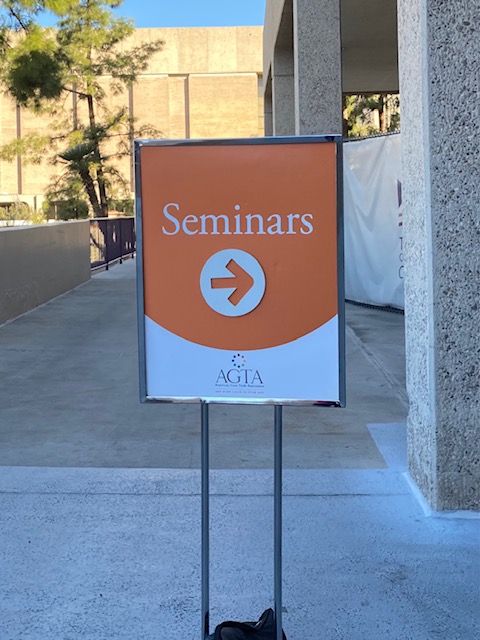
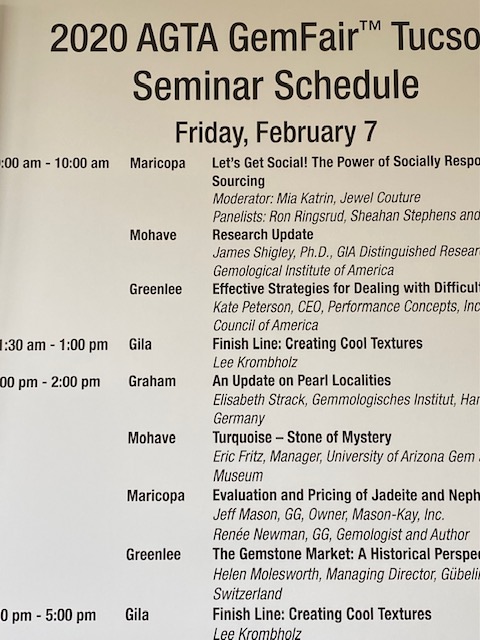
Networking – Another invaluable aspect of attending the show is the networking opportunities. I’ve met some amazing people at the show who are able to provide me with insights I might never have been exposed to otherwise. Some of the contacts I’ve made helped me with gemstone leads or purchases after the show. I’ve also met some other highly successful and famous jewelry designers, gemstone suppliers and other industry elite. At each show, GIA has an alumni get together so I’m able to reacquaint myself with other students I encountered while on campus and to make new acquaintances. Below are pictures of Paula Crevoshay, Lika Behar, John Ford and Remy Rotenier. Paula, Lika and John are highly respected jewelry designers and Remy is well known jewelry artist and designer. Paula has a very famous piece she designed, “Conchita” in the Smithsonian Institute’s Gem and Mineral collection.
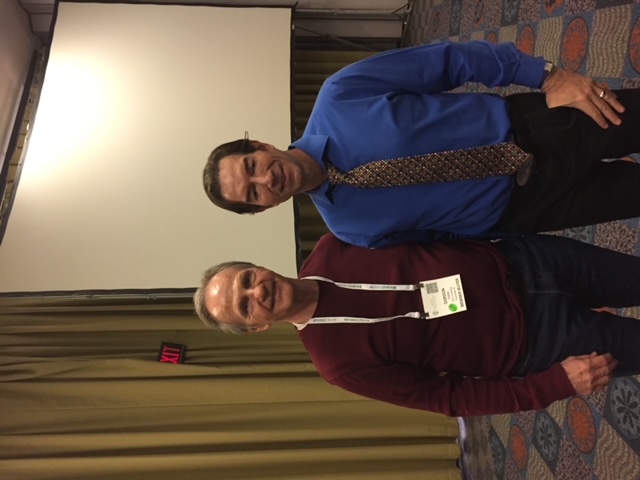
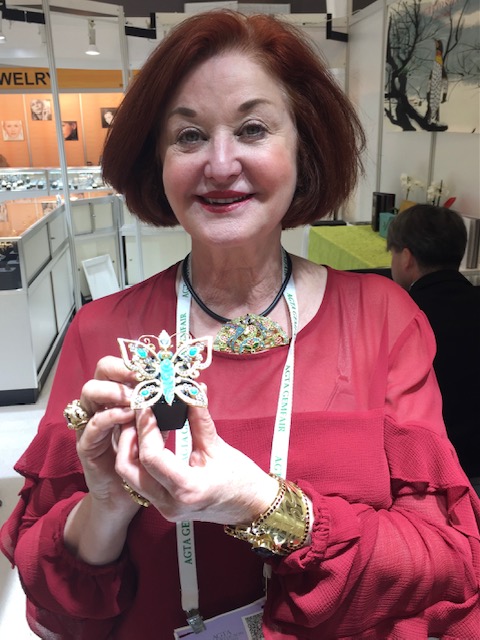
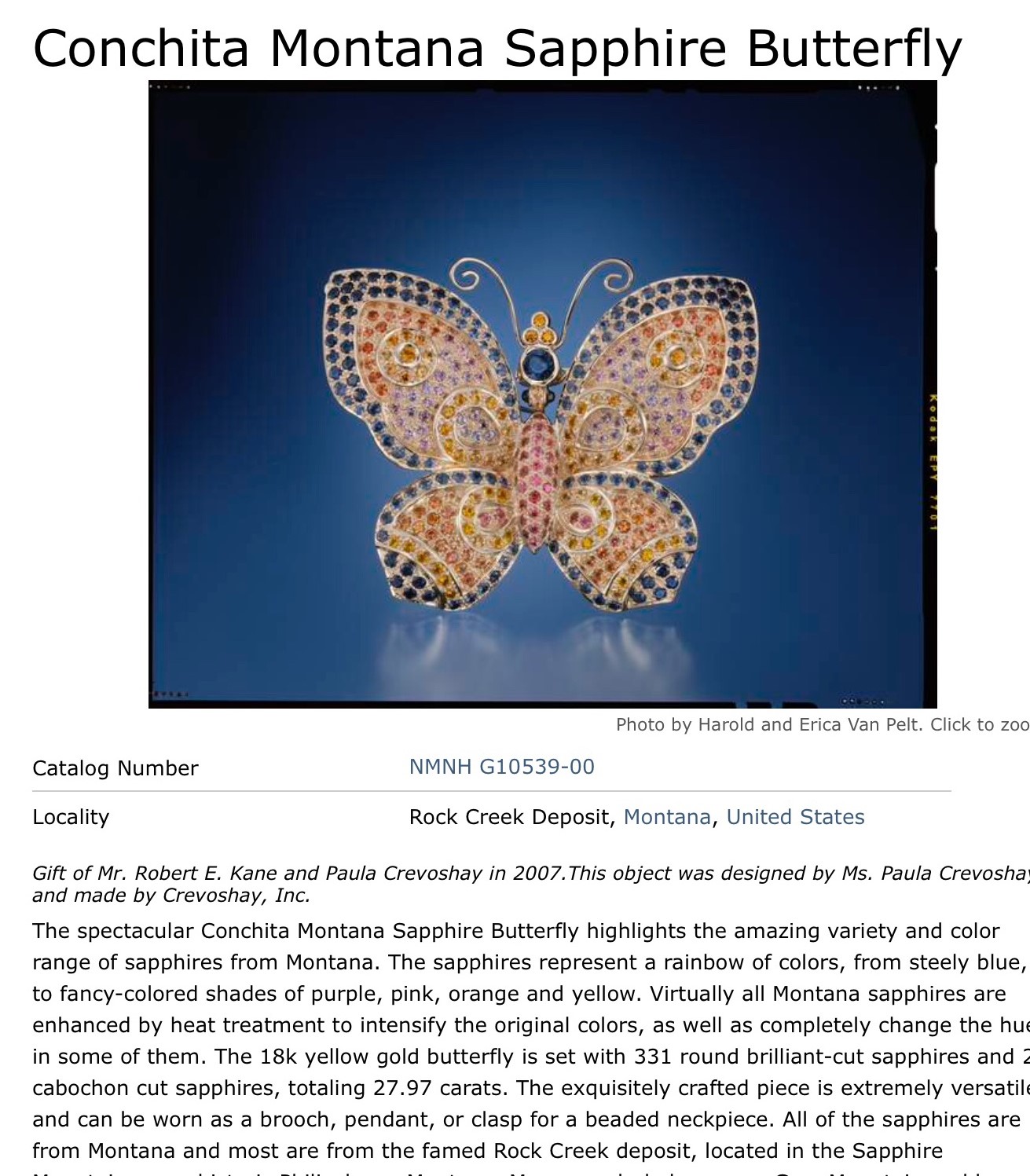
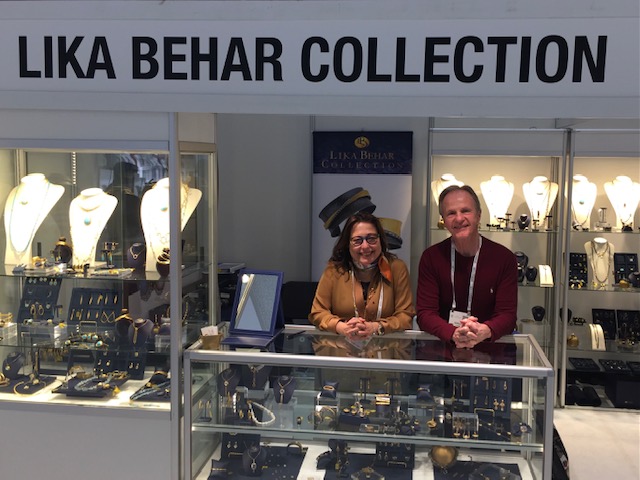
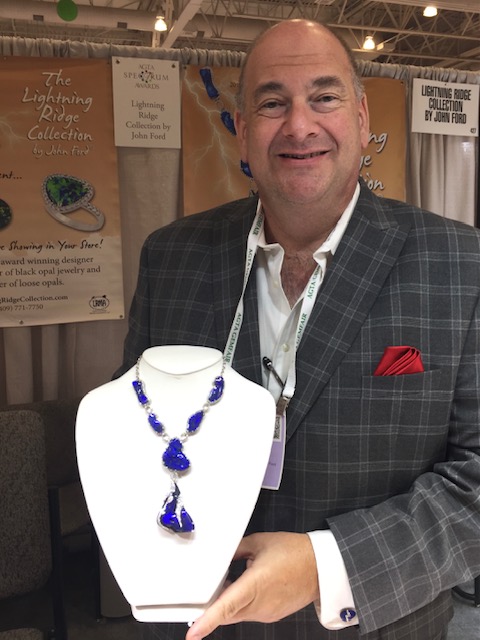
Gem and Jewelry Exchange Show (GJX) – I mentioned at the beginning of the blog that Tucson hosts 48 different gem and mineral shows during a 16 day period, with AGTA being one. Across the street from the Tucson Convention Center, the Gem and Jewelry Exchange conducts a show with a reciprocal agreement which allows AGTA members to attend. The GJX Show appears to me to be about the same size as AGTA’s. Occasionally I walk over and browse through the booths to see how their goods compare to those offered at AGTA.
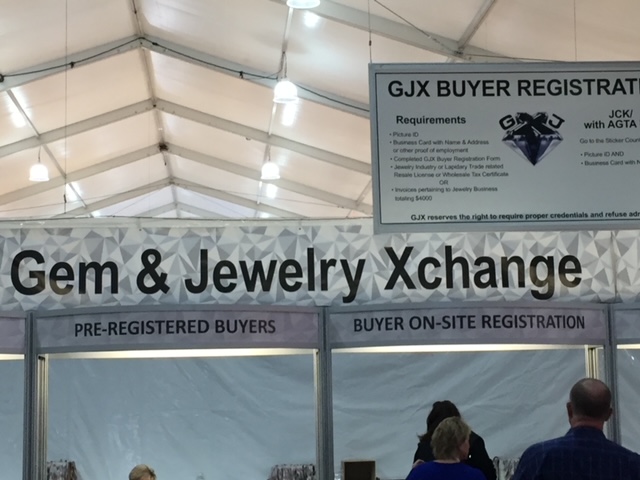
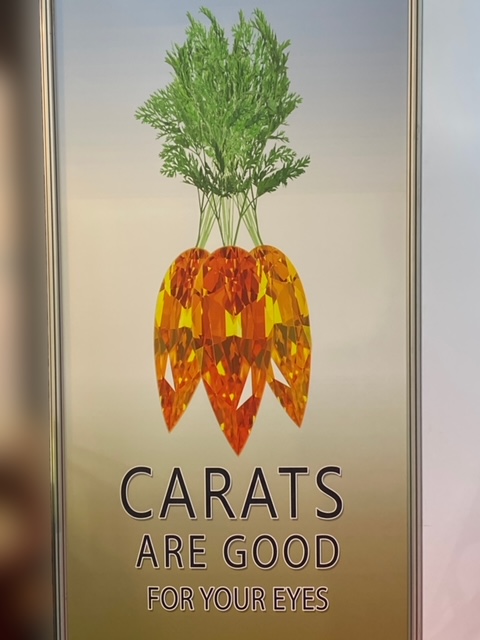
About the American Gem Trade Association – (NOTE: The following information is from the AGTA website) The American Gem Trade Association (AGTA) is an association of United States and Canadian trade professionals dedicated to promoting the long term stability and integrity of the natural colored gemstone and Cultured Pearl industries. The Association pursues its goals through the combined use of educational programs, publicity, industry events, government and industry relations, and printed materials for both the trade and consumer. AGTA is well-known in the gemstone and jewelry industries for maintaining the highest ethical standards and is recognized as the authoritative source on natural colored gemstones and cultured pearls.
Since its inception in 1981, AGTA’s Membership has grown to over 1,200 Members in the United States and Canada. AGTA Members agree to the disclosure of gemstone enhancements on all commercial documents and to abide by the Association’s Code of Ethics and Principles of Fair Business Practices. Annual affirmation of the Code of Ethics, and enforcement by the AGTA, holds an AGTA member to a stricter disclosure policy than required by the Federal Trade Commission.
AGTA’s Objectives:
- To represent and further the interests of the natural colored gemstone, pearl and cultured pearl industries in the United States and Canada.
- To promote, maintain and perpetuate the highest ethical standards among the Members of AGTA and within the colored gemstone industry.
- To protect the natural colored gemstone, pearl and cultured pearl industries, related industries, and ultimately, the consumer from fraud, abuse, misrepresentation and deceptive advertising related to colored gemstones.
- To create a greater awareness of and knowledge about colored gemstones and act as a source of information for the jewelry trade to disseminate to the consumer.
- To educate these industries, related industries and the consumer about natural colored gemstones, pearls and cultured pearls.
- To assist the consumer in identifying dealers of integrity in the natural colored gemstone, pearl, and cultured pearl industries.
- To assist the natural colored gemstone, pearl and cultured pearl industries in identifying dealers of integrity in the wholesale colored gemstone marketplace.
- To establish closer communication and information-sharing between the AGTA and all segments of the jewelry trade and related industries.
The AGTA is recognized within the jewelry trade as the authoritative source on natural colored gemstones: “The voice of the natural colored gemstone, pearl and cultured pearl industries.”

